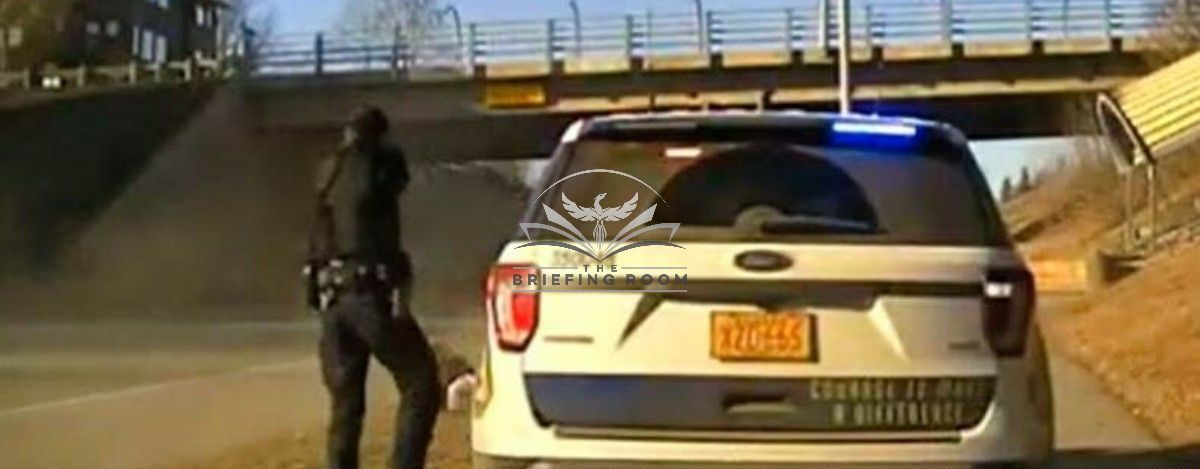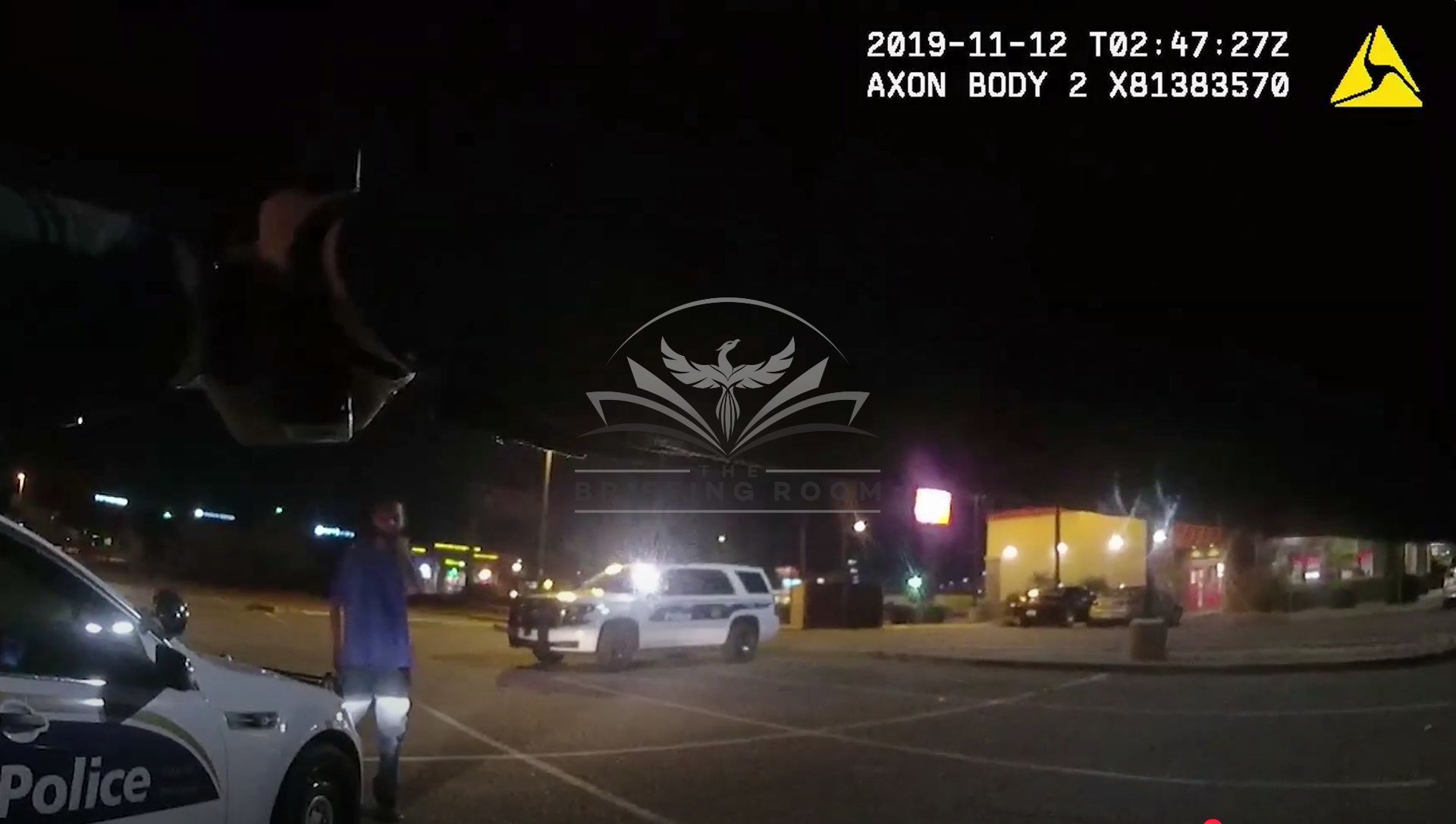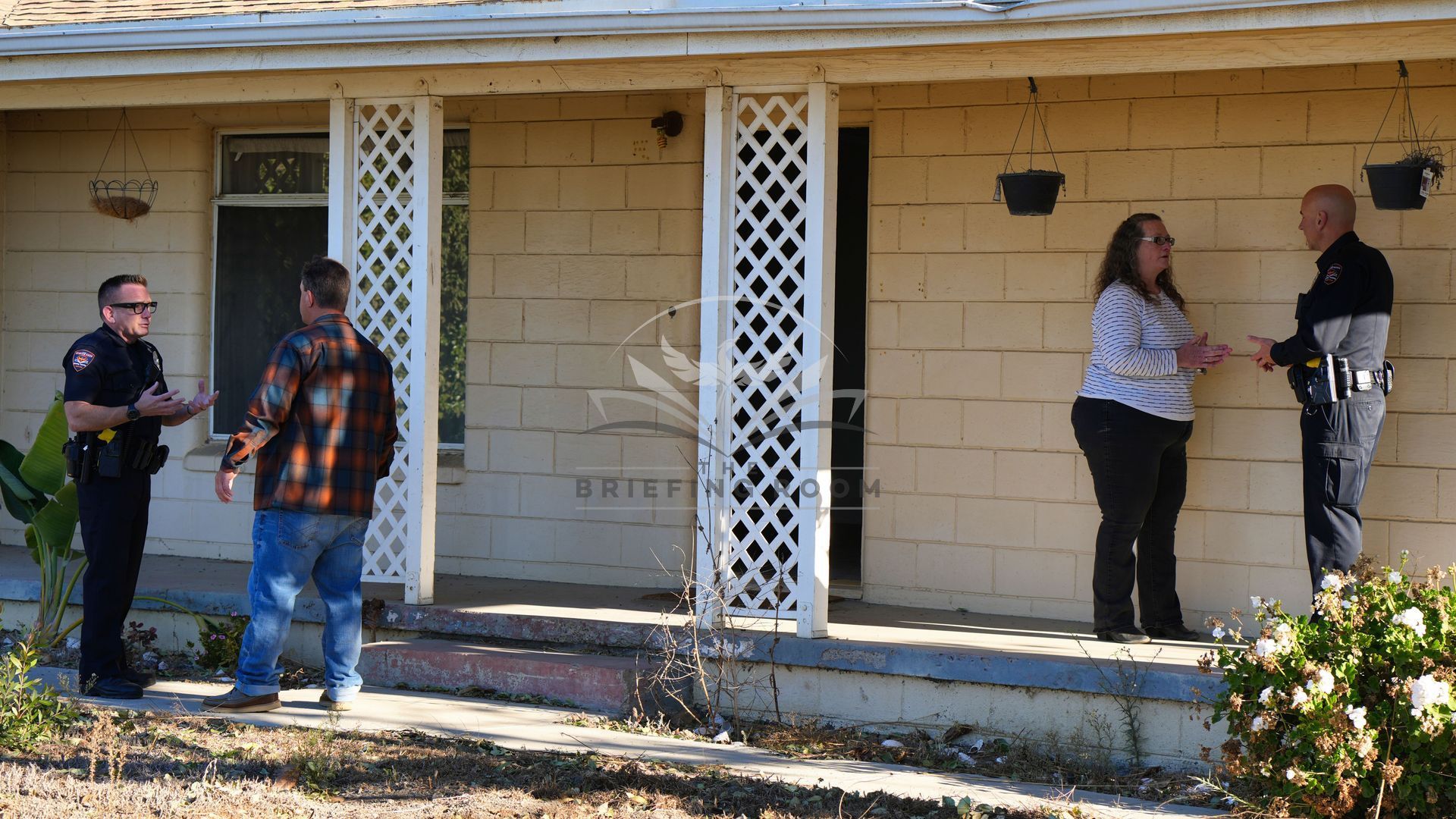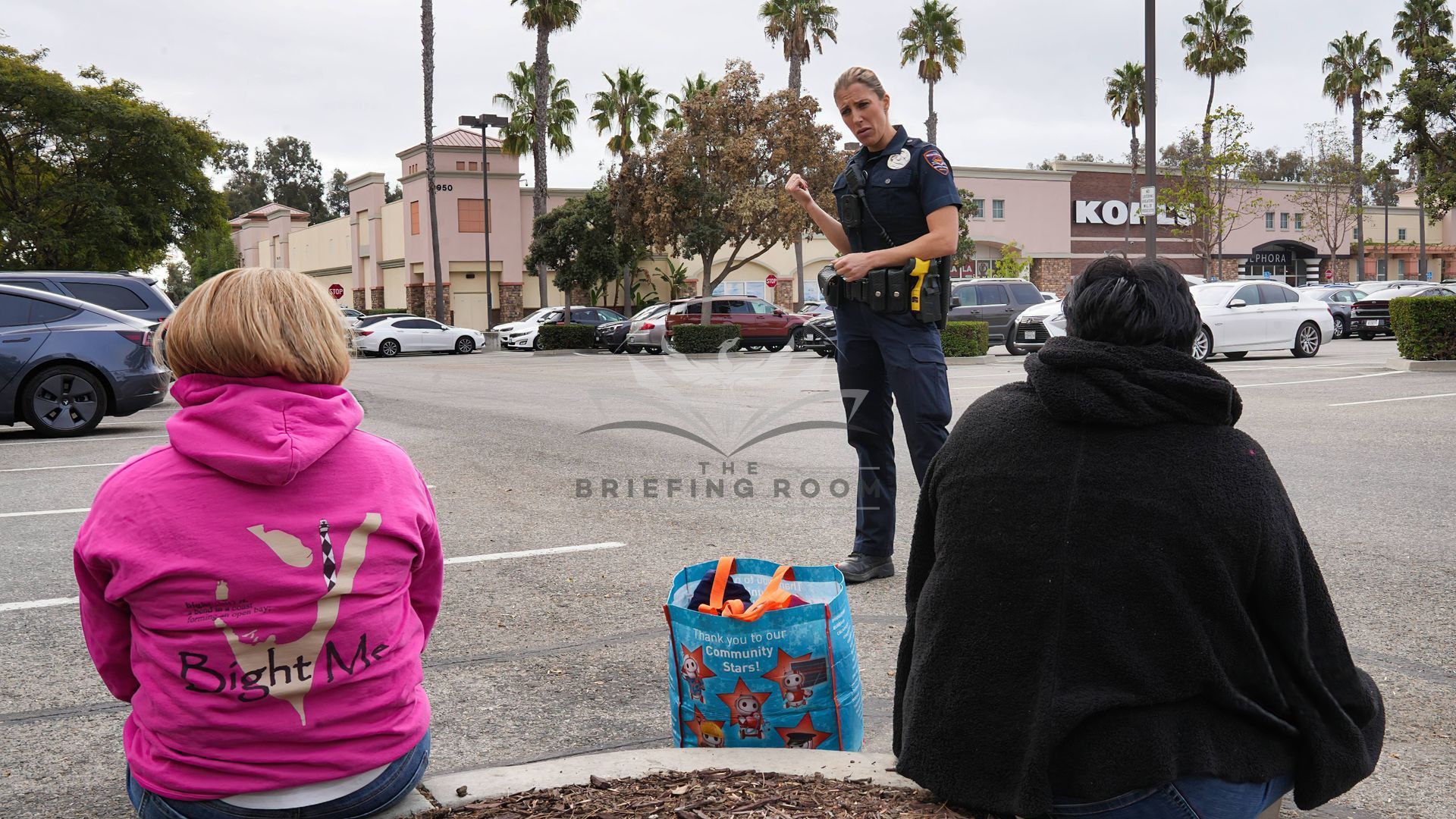The Importance of Video for Officers Can't be Overstated

This post is only offered as a discussion topic only and does not represent legal advice. Officers must refer to the laws in their own State as well as their agency's policies, which can be more restrictive on officers that the law requires.
Dash cam and body camera footage have become essential elements in officers receiving qualified immunity in civil court. Most officers don't realize that in qualified immunity hearings, courts are required to accept the version events as told by the person suing you. The only way they can deviate from that is if there's evidence in the record that disputes what that person is saying. Today, that evidence is usually dash or body camera footage.
An example of this is the 2023 case Estate of Hassan v. Municipality and City of Anchorage. In this case a man pointed a gun at officers as soon as they arrived on scene. The officers shot and killed him. The version of events the family told the court in their lawsuit was full of claims that never happened. We know that because the officers recorded everything, included their transportation of a family member to the station after the shooting.
The court said, "When an individual points his gun in officers direction, the constitution undoubtedly entitles the officer to respond with deadly force. The videotapes show that (the suspect) posed an immediate threat to the safety of the police officers and to others because he pointed his gun at the officers immediately before they deployed deadly force against him. Viewing the facts in the light depicted by the videotapes, the officers did not violate (the suspect's) Fourth Amendment rights because no reasonable jury could find that the officers' use of force in these circumstances was unreasonable. (The officers) are entitled to qualified immunity."
In fact, the entire case involves the court pointing out false claims made by the family and how the video contradicted them. The court said,"Plaintiffs also maintain that the responding officers' conduct was objectively unreasonable because (the suspect) did not a pose a danger to anyone, he was not evading law enforcement, and there was no crime in progress when he was seized by the police. The videotapes contradict each of these factual assertions and the Court will not rely on this "visible fiction."
Whatever digital recording devices a law enforcement agency provides an officer with, the officer should make sure to use them and leave them running during the entirety of events. Anytime an officer forgets to turn them on or intentionally shut them off, they leave windows open for people to make false claims against them. Don't give them that opportunity.
The Briefing Room has a short training video available on this exact scenario so agency supervisors can easily train every officer in your agency on this essential topic.
90-Second Training Videos Your Supervisors Use During Briefing or Roll Call To Develop High-Performing Teams of Officers.
✅ Lower Liability
✅ Retain Officers
✅ Build Community Support
🌟 Produced Exclusively by Active-Duty Law Enforcement Instructors 🌟



